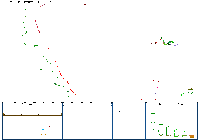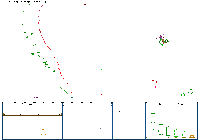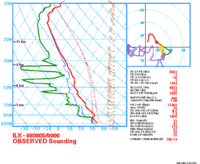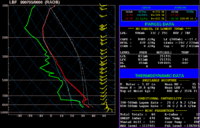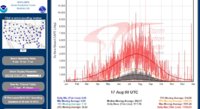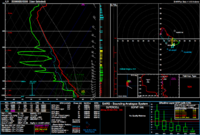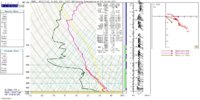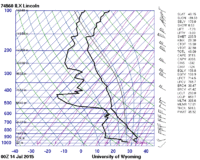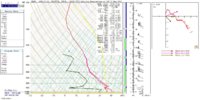Carl Jones
Enthusiast
So I was searching for highest observed CAPE values via rawinsondes. To my surprise, it has been rather difficult finding resources with this information. So I decided to make a list of the top 10 SB/ML CAPE values using SPC's sounding climatology page: http://www.spc.noaa.gov/exper/soundingclimo/. This was done subjectively recording value, location, and date* associated with the highest bar.
*SPC does not provide years of values, only the day, month and either 00/12 UTC time. This also means special soundings (18Z, 21Z, etc..) are not included.
I hope this forum post will serve as a resource providing top observed SB/ML CAPE values. The list provided only includes values from NWS offices currently active within the Upper-air Observations Program. Therefore, private, international, and deactivated office soundings are not included. So if anyone has values that may rank within the list, please share with a link/picture of the sounding for quality control. I hope this to be a good starting point, and I encourage other members to add, omit, suggest and quality control CAPE values within the list/post.
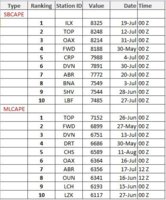
*SPC does not provide years of values, only the day, month and either 00/12 UTC time. This also means special soundings (18Z, 21Z, etc..) are not included.
I hope this forum post will serve as a resource providing top observed SB/ML CAPE values. The list provided only includes values from NWS offices currently active within the Upper-air Observations Program. Therefore, private, international, and deactivated office soundings are not included. So if anyone has values that may rank within the list, please share with a link/picture of the sounding for quality control. I hope this to be a good starting point, and I encourage other members to add, omit, suggest and quality control CAPE values within the list/post.


